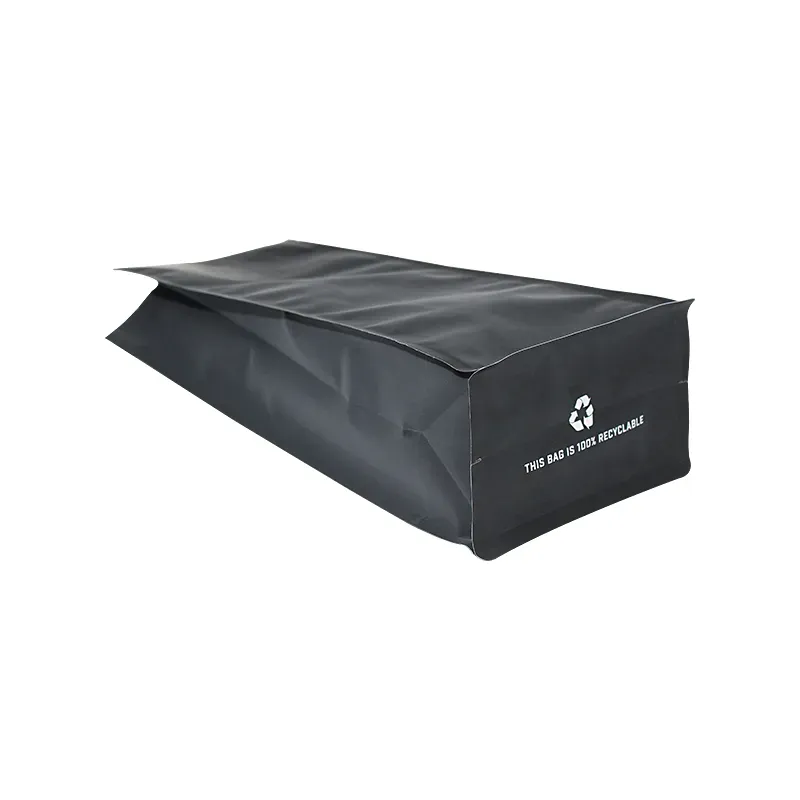why is packaging important
Why is Packaging Important?
Packaging is an essential aspect of product marketing and distribution that often goes unnoticed by consumers. However, its significance extends far beyond mere aesthetics or functionality. The importance of packaging can be categorized into several key areas product protection, communication, brand identity, marketing, and sustainability.
Product Protection
First and foremost, packaging serves a critical role in protecting products during transit, storage, and shelf life. The right packaging ensures that items remain intact, preventing damage from environmental factors such as moisture, light, and temperature fluctuations. For example, food products require airtight packaging to maintain freshness and prevent spoilage, while fragile items like electronics need sturdy materials to safeguard against physical shocks. Moreover, packaging also plays a vital role in ensuring the safety of consumers; tamper-evident seals and child-resistant closures help prevent accidents and unauthorized access.
Communication
Packaging is a form of communication between the product and the consumer. It conveys essential information about the product, including ingredients, usage instructions, and nutritional facts. For many consumers, the packaging often acts as the first point of contact with a brand. The design and labeling provide insight into the brand’s values and intentions. For instance, a product packaged with eco-friendly materials sends a strong message about sustainability, while eye-catching graphics can highlight premium quality and attract attention in a crowded marketplace. Effective packaging communicates the story behind the product, helping consumers make informed decisions.
Brand Identity
why is packaging important

A well-designed package helps establish and reinforce brand identity. Consistent use of colors, logos, and design elements creates a recognizable visual language that can become synonymous with a brand. When consumers encounter familiar packaging, it invokes brand loyalty and trust. Think of iconic brands like Coca-Cola or Apple; their packaging is so distinctive that it instantly evokes specific emotions and associations. Strong brand identity not only differentiates a product from competitors but also builds a sense of community among consumers, fostering loyalty and repeat purchases.
Marketing Tool
Additionally, packaging serves as a powerful marketing tool. In a retail environment, products compete for consumer attention on the shelves. Attractive packaging design can create an emotional connection and influence purchasing decisions. Innovative shapes, fun colors, and engaging visuals can capture consumers’ curiosity and prompt them to choose one product over another. Seasonal or limited-edition packaging can create a sense of urgency and excitement, encouraging shoppers to buy before it’s gone. Furthermore, in the age of online shopping, packaging plays a crucial role in first impressions. A beautifully designed box or bag can enhance the unboxing experience, leading to social media shares and user-generated content that boosts brand visibility.
Sustainability
With growing environmental concerns, sustainability has become a crucial component of packaging. Consumers are increasingly aware of the environmental impact of their purchases, which in turn influences their buying behavior. Brands that prioritize sustainable packaging—using recyclable, biodegradable, or reusable materials—can appeal to environmentally conscious consumers. Emphasizing sustainability in packaging design not only helps reduce ecological footprints but also enhances brand reputation. As social responsibility becomes a crucial factor for consumers, organizations must align their packaging strategies with environmental values to remain competitive in the market.
Conclusion
In conclusion, packaging is far more than just a protective wrapper for a product; it plays a pivotal role in marketing, branding, and consumer interaction. From safeguarding products to communicating vital information and fostering brand loyalty, the implications of effective packaging are vast. As the industry continues to evolve, embracing innovation and sustainability will be critical for businesses that seek to resonate with their consumers. In an increasingly competitive marketplace, effective packaging can be a crucial differentiator that captures attention, adds value, and drives success. As consumers become more discerning, businesses must recognize that investing in quality packaging is not just a choice but a necessity.













